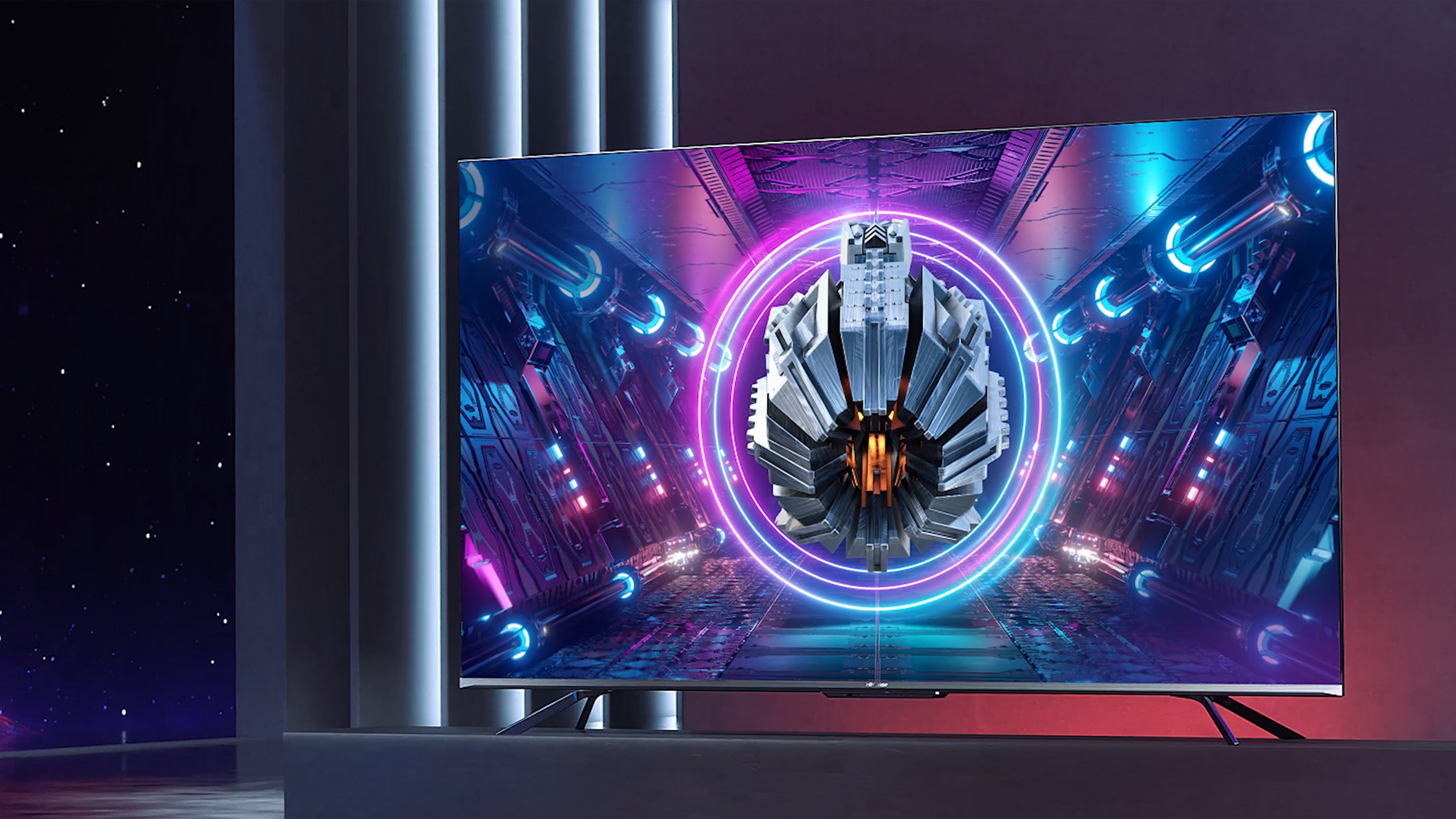Which TVs have both HDR10+ and Dolby Vision?
Get HDR10+ and Dolby Vision and your TV is good to play anything at its best, but which TVs can do that?

Any TV with both HDR10+ and Dolby Vision already deserves to make it onto our best TV list, yet that doesn't qualify many. Yup, most of the major TV manufacturers offer you either HDR10+ or Dolby Vision - not both.
This is the case because there are sides to be taken. Think Blu-ray versus HD DVD, Betamax versus VHS and even AM versus FM radio. One could be considered better than the other but we'll go into that below. For now just know that some companies want their own version of the High Dynamic Range format so they don't have to pay a license fee to Dolby.
To be clear, while Dolby Vision can also play HDR10 content, it can't play HDR10+. Both HDR10 and HDR10+ can't play Dolby Vision. That in mind, it makes sense to have both Dolby Vision and HDR10+ since a lot of Netflix and Disney+ content is Dolby Vision while a lot of Amazon Prime Video is HDR10+.
So, with lots of movies and shows being made for Dolby Vision, are you losing out by not having it?
HDR10+ and Dolby Vision
It's simplification but to say that Dolby Vision is better than HDR10+ is fair. Dolby Vision has the capacity to offer more colors thanks to having a 12 bit capacity compared to HDR10+ which tops out at 10 bit.
That means Dolby Vision offers 68.7 billion colors where HDR10+ manages 1.07 billion colors. So what?
While that difference, at such a high level anyway, might not sound like much, it can make a difference. The key is in the reproduction of skin color since the human brain is highly attuned to detect fluctuations here as part of emotion recognition. As such even if you're not consciously aware of it, you'll be more immersed in a movie with higher color rates and better skin reproductions.
Sign up to receive the latest news, reviews, buying guides and deals direct to your inbox
The jump in color to 12 bit also means graduations between colors can be far more subtle resulting in way more life-like images on screen.
HDR10+ can be cheaper meaning a TV manufacturer that uses that may make a saving in not paying the Dolby license, which saves you on the price or gives you more benefits for your buck elsewhere in the TV.

All that said, there are virtually no TVs that can take full advantage of 12 bit color, but expect that to change. There are processors in TVs that support 12 bit color but not many screens that can actually do much with it. Perhaps think of it a bit like a 4K feed on an 8K TV, which is upscaled by the processor to look better but isn't using the TV to its full potential.
In testing the results have shown that Dolby Vision outperforms HDR10+ on bit depth, peak brightness, tone mapping and content availability.
HDR10+ and Dolby Vision: Which TVs have both?
The number of TVs that come with both formats is limited. You have team HDR10+ led by its co-creator Samsung with Panasonic, Hisense, TCL and OnePlus also offering the format.
Then you have team Dolby Vision supported by LG, Sony, Panasonic, Philips, Vizvio, Hisense and TCL.
So already you can see the crossover brands that offer both in Panasonic, TCL and Hisense. But the number of TVs are still few. Here are the TVs with both HDR10+ and Dolby Vision.
- Panasonic core range TVs from 2020 onwards (OLED and most 4K LCDs from 2019)
- Hisense TVs from 2021 onwards
- TCL TVs from 2020 onwards
HDR10+ and Dolby Vision: What about HLG?
HLG (Hybrid Log Gamma) is a format developed in conjunction with the BBC and Japan's NHK as a way to offer broadcast TV in HDR. The result is that this is used by the BBC iPlayer but isn't widely adopted in many other places. Like HDR10+, the HLG format is open source meaning a license fee payment isn't required to use it.
Since this format can be added retrospectively, many TVs that launched without it now may support it. As such you don't really need to take this into consideration when buying a new TV as most will support it. Brands with HLG support (many from as far back as 2016) include LG, Sony, Panasonic, TCL, Vizio, Philips and Hisense.
HDR10+ and Dolby Vision: Which should you choose?
So should you go for an HDR10+ TV, a Dolby Vision TV or one that has both? It's worth noting that for streaming you've got services taking sides too. Netflix and Disney+ are Dolby Vision while Amazon Prime Video is HDR10+, mostly and BBC iPlayer is HLG. So getting the most out of these services means going to the right format. So you could pick a side based on that and choose the TV accordingly.
But if you truly want all your bases covered going for both is your best option. Hisense is all in with this cover now and offers some impressive TVs at good prices, as do Panasonic and TCL. Going for a TV from any of these manufacturers is a safe bet. To help you decide, check out our best TV guide.
Discover more guides for tech at home…
Best cell phone provider
Best cordless phones
Best home computers
Best blu-ray players
Best DVD players
Luke is a veteran tech journalist with decades of experience covering everything from TVs, power tools, science and health tech to VPNs, space, gaming and cars. You may recognize him from appearances on plenty of news channels or have read his words which have been published in most tech titles over the years. In his spare time (of which he has little as a father of two) Luke likes yoga, surfing, meditation, DIY and consuming all the books, comics and movies he can find.

